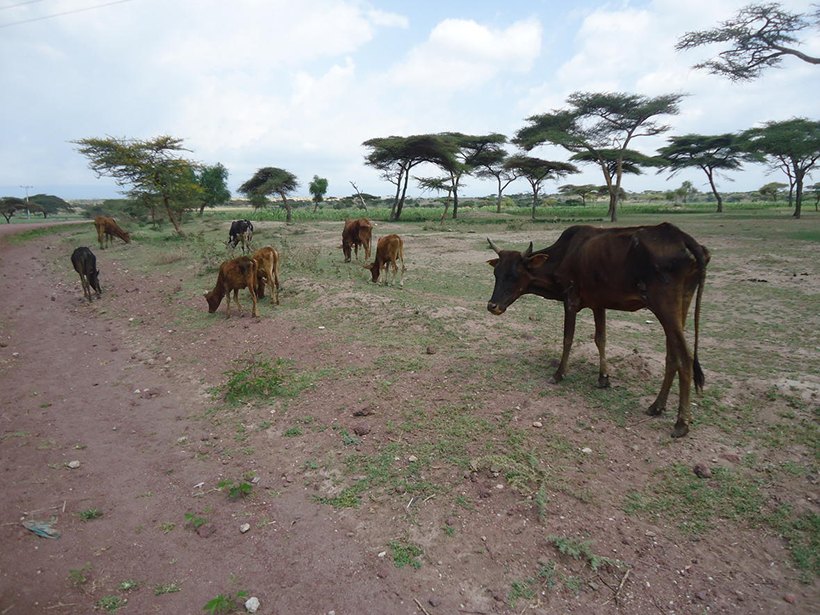Source: Earth’s Future
In 1968, a biology professor at the University of California, Santa Barbara, named Garrett Hardin famously wrote about the tragedy of the commons, theorizing that when a natural resource is freely available to all people, we inevitably destroy it. The example Hardin gave was of cattle herders sharing an open pasture. Adding one cow to a herd will always directly benefit the person who owns it, he explained. The potential benefit that cow would provide far outweighs the potential drawback of overgrazing the pasture, the cost of which is distributed among all of the herders and thus has a smaller impact on the individual.
In a new study, Muneepeerakul and Anderies review the scope of scientific literature on the social dilemmas that arise in attempting to govern shared resources, including the overexploitation of the commons (also called common-pool resources) and the inability to adequately provide goods and services to the public.
As a foundation for their work, the researchers examined existing solutions to these problems, such as regulation and taxation, clearly defined and agreed-upon property rights, and some other alternatives. They then provided examples of shared resources that have been thoroughly studied, including fisheries, forests, and the atmosphere, and discussed some specific challenges of governing them, such as scale and cost.
Using the existing literature and with the help of a framework to assess the robustness of the system through which resources are used, the researchers developed a mathematical model that explores the relationship between public infrastructure providers and people who use environmental resources. The model also encompasses the external social, economic, and environmental factors (including both natural and built environments) that might inspire the creation of effective governance structures.
Using this model, the researchers focused on conditions that may lead to a stable, sustainable system in which a governing body provides human-made infrastructure (e.g., canals, bridges, and roads) while allowing the people who use resources, such as farmers, to use natural infrastructure (e.g., water and forests) to meet their own needs while supporting the governance structure.
The researchers hope that their model leads the way for policy professionals to try to develop more precise mathematical analyses of social-economic-environmental systems. Such analyses have the potential to improve the quality and performance of environmental infrastructures to serve people (and ecosystems) more effectively. (Earth’s Future, https://doi.org/10.1002/2017EF000562, 2017)
—Sarah Witman, Freelance Writer
Citation:
Witman, S. (2017), How can we best manage shared resources?, Eos, 98, https://doi.org/10.1029/2017EO079783. Published on 24 August 2017.
Text © 2017. The authors. CC BY-NC-ND 3.0
Except where otherwise noted, images are subject to copyright. Any reuse without express permission from the copyright owner is prohibited.

